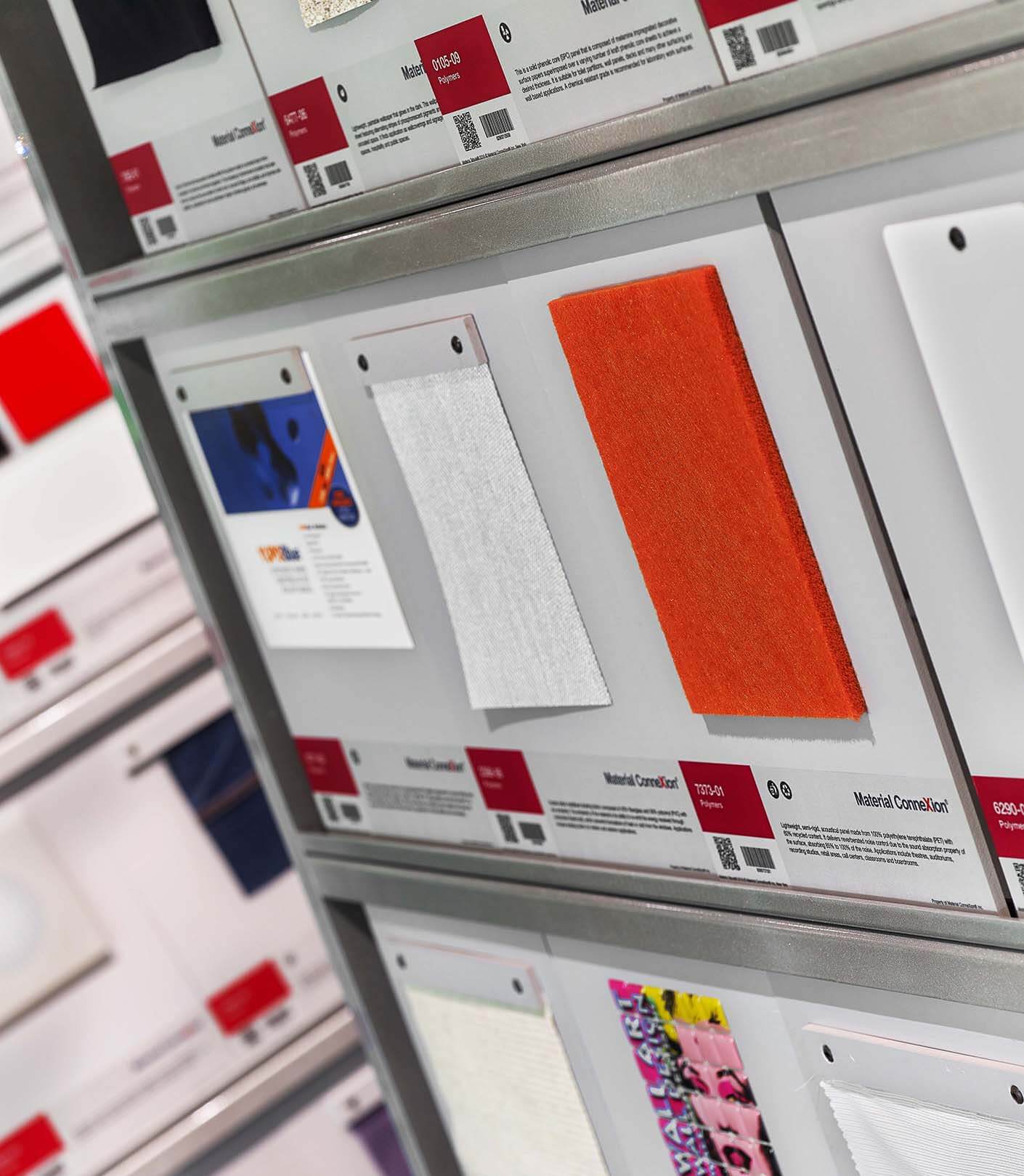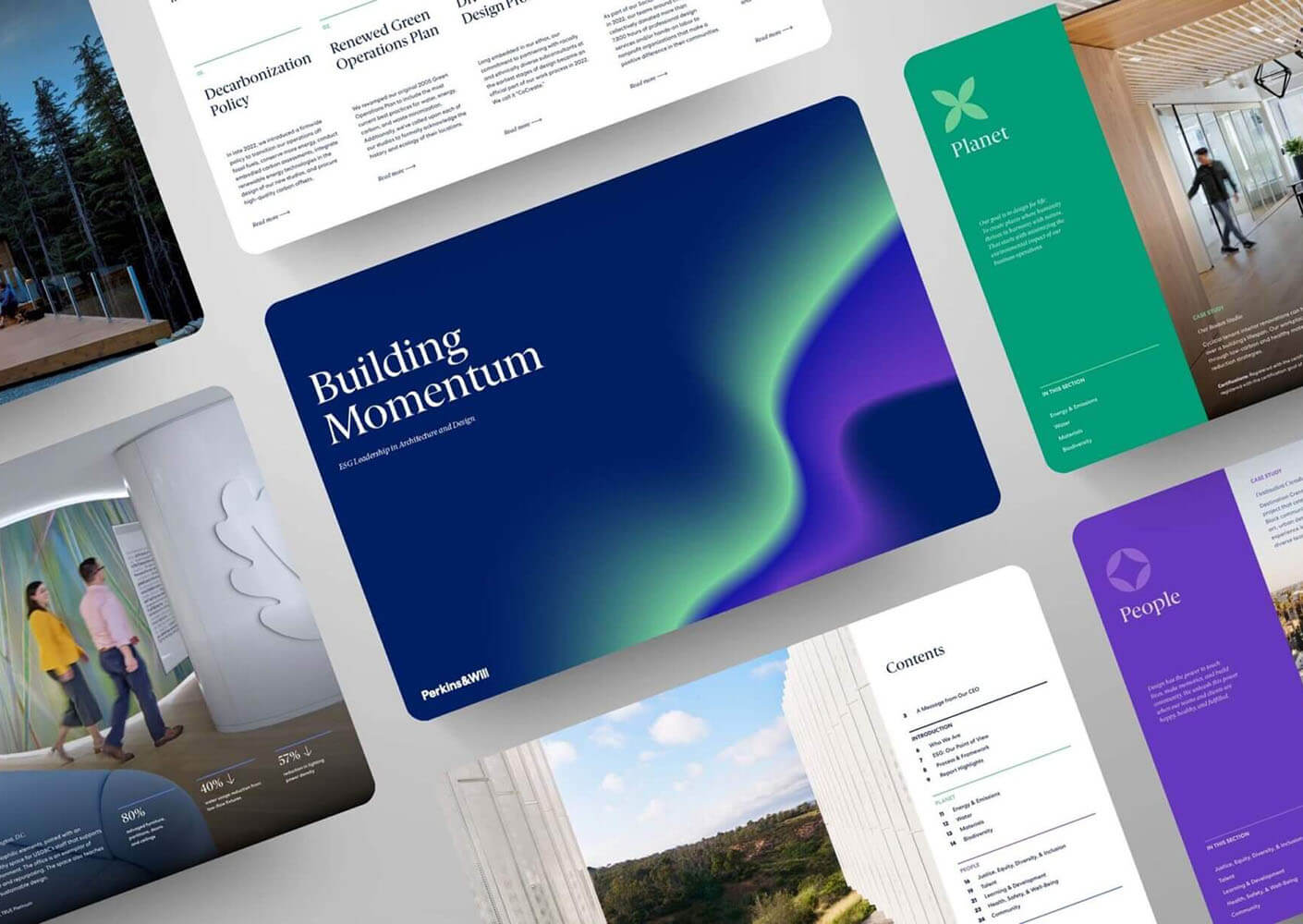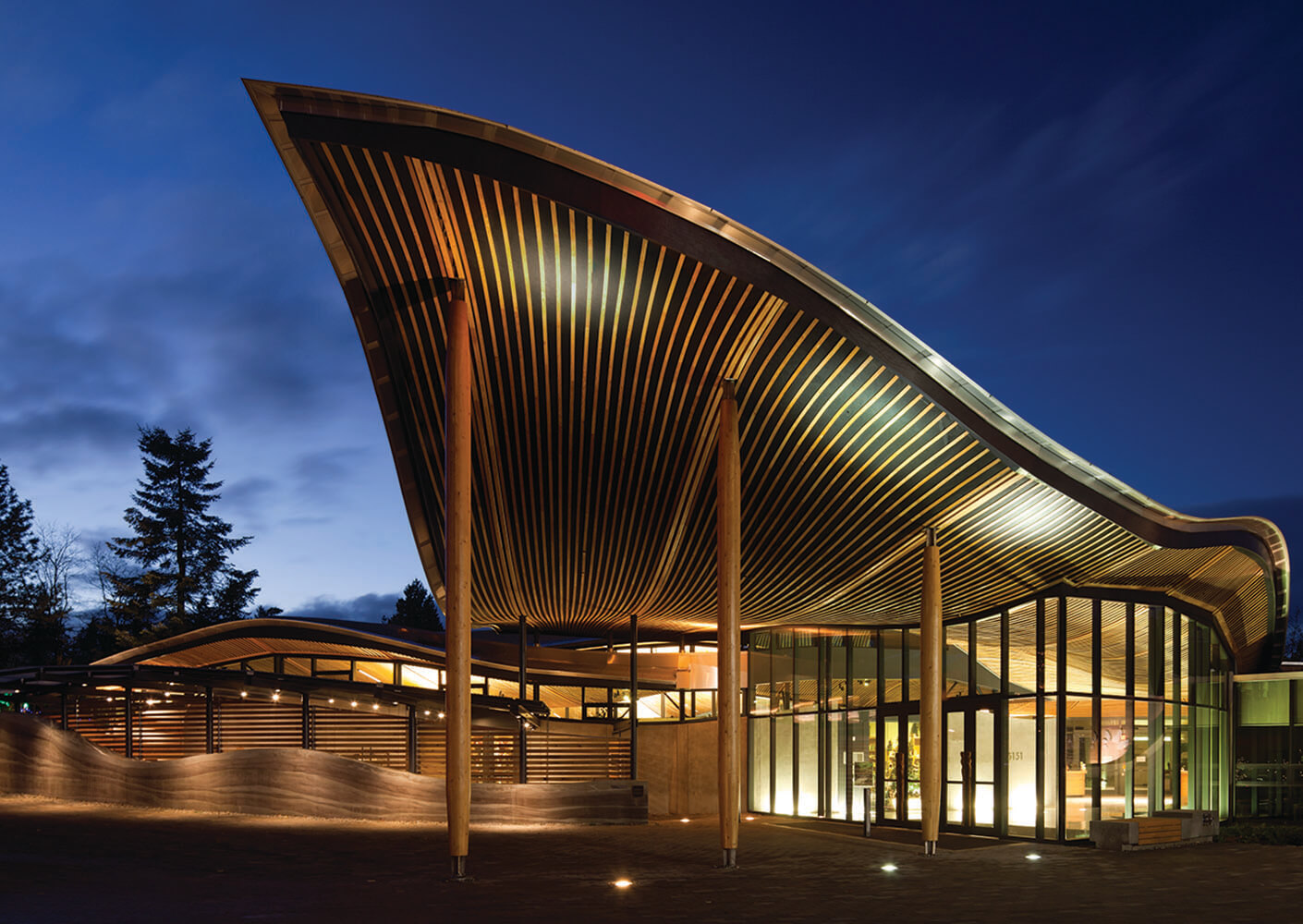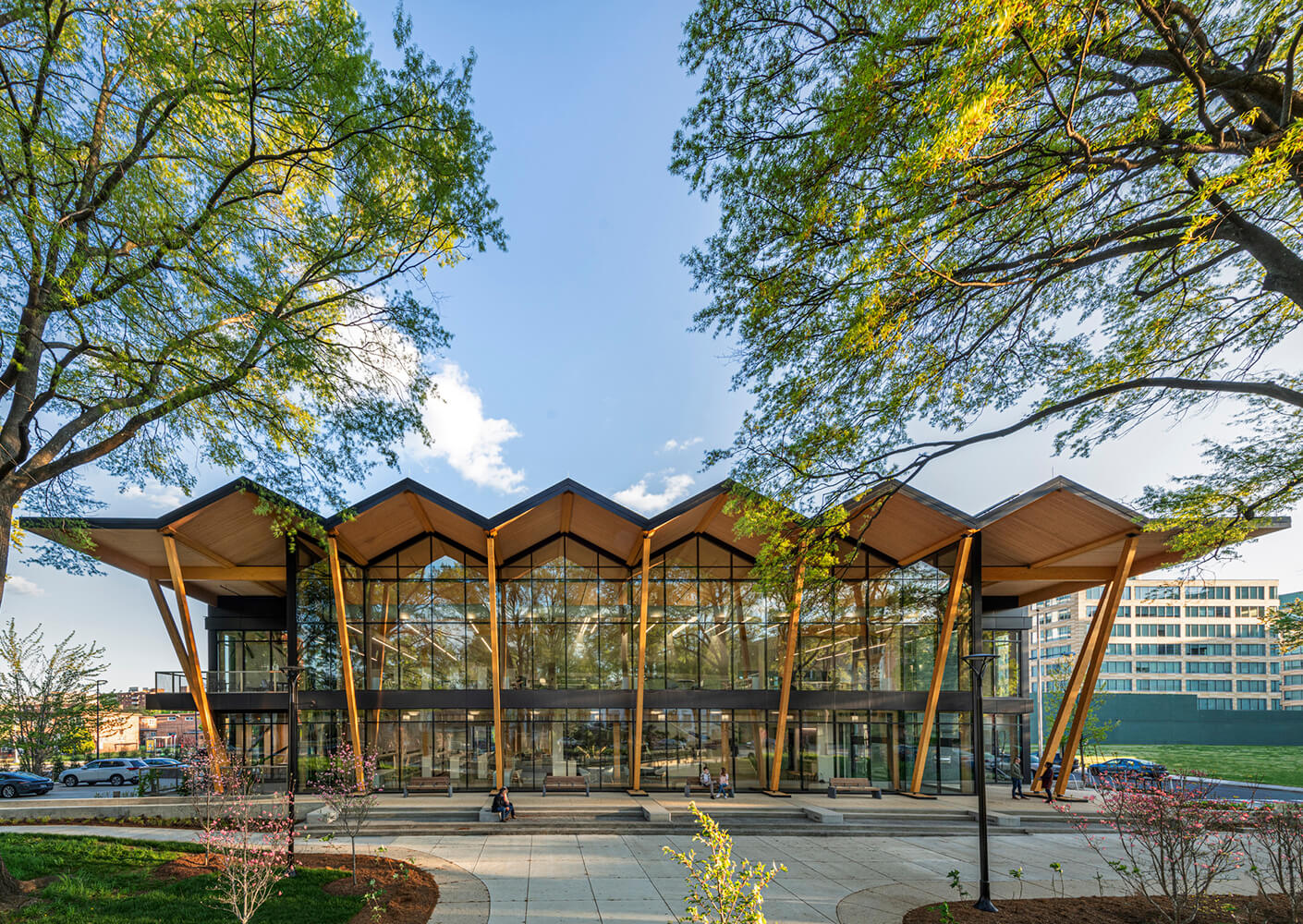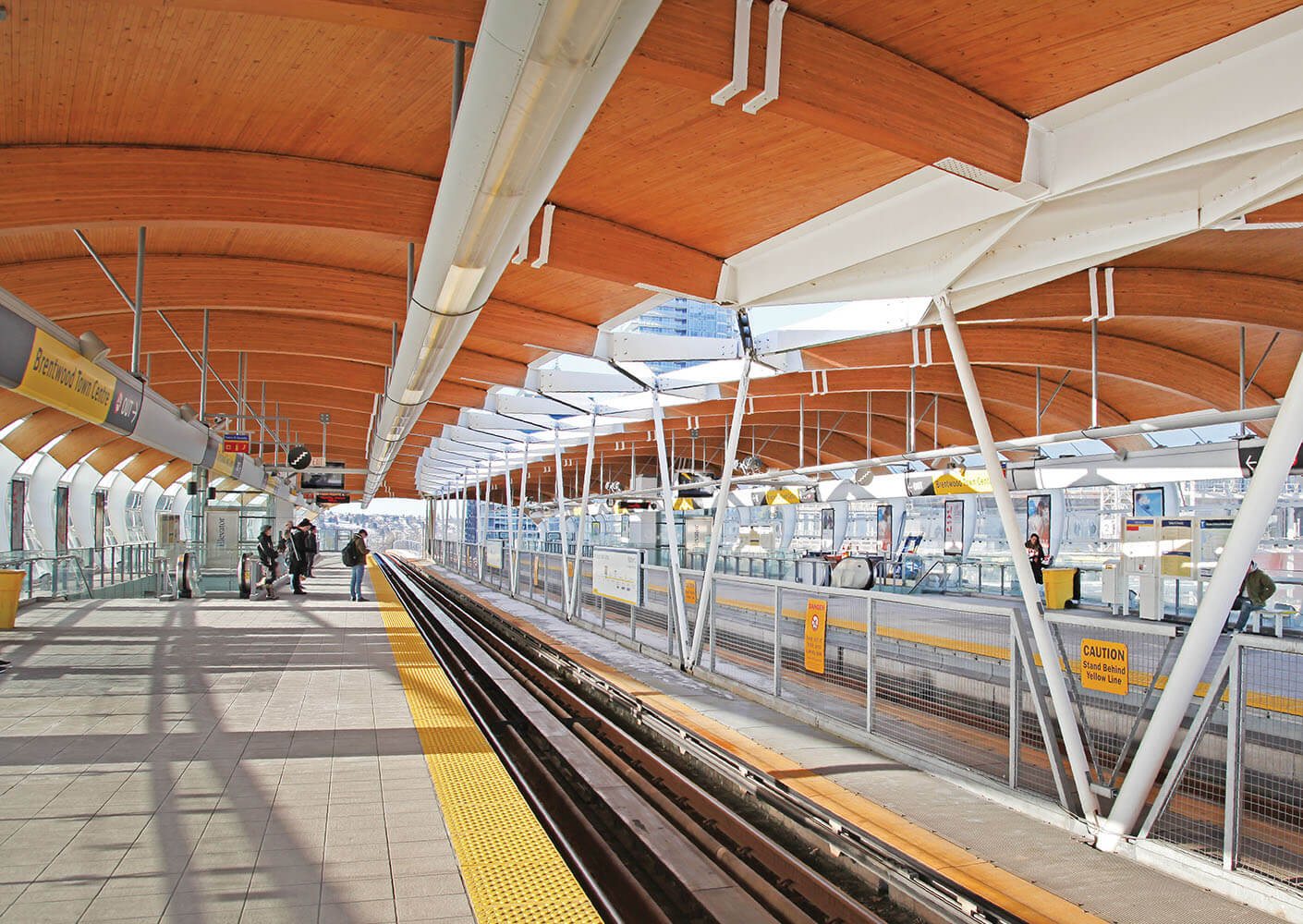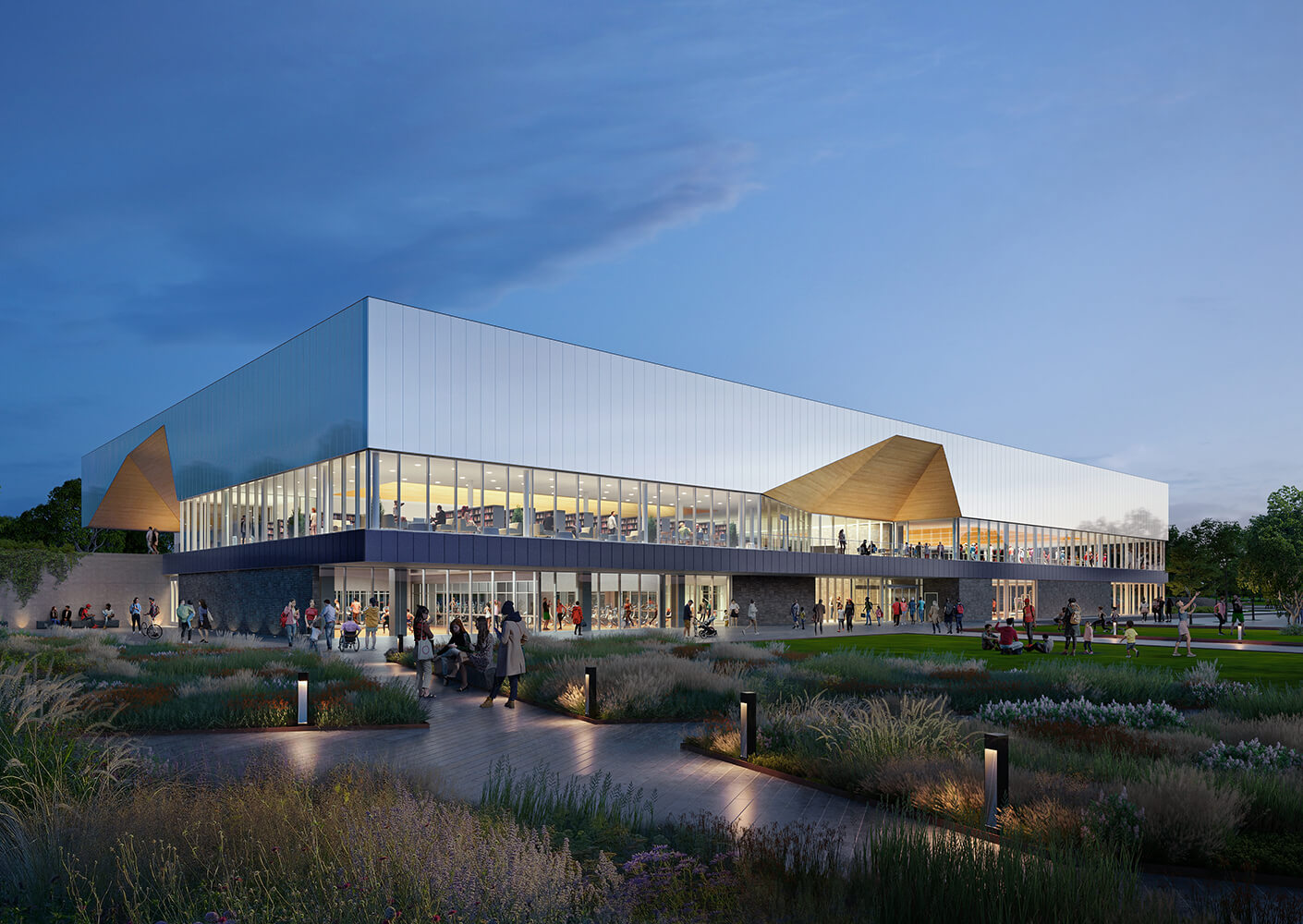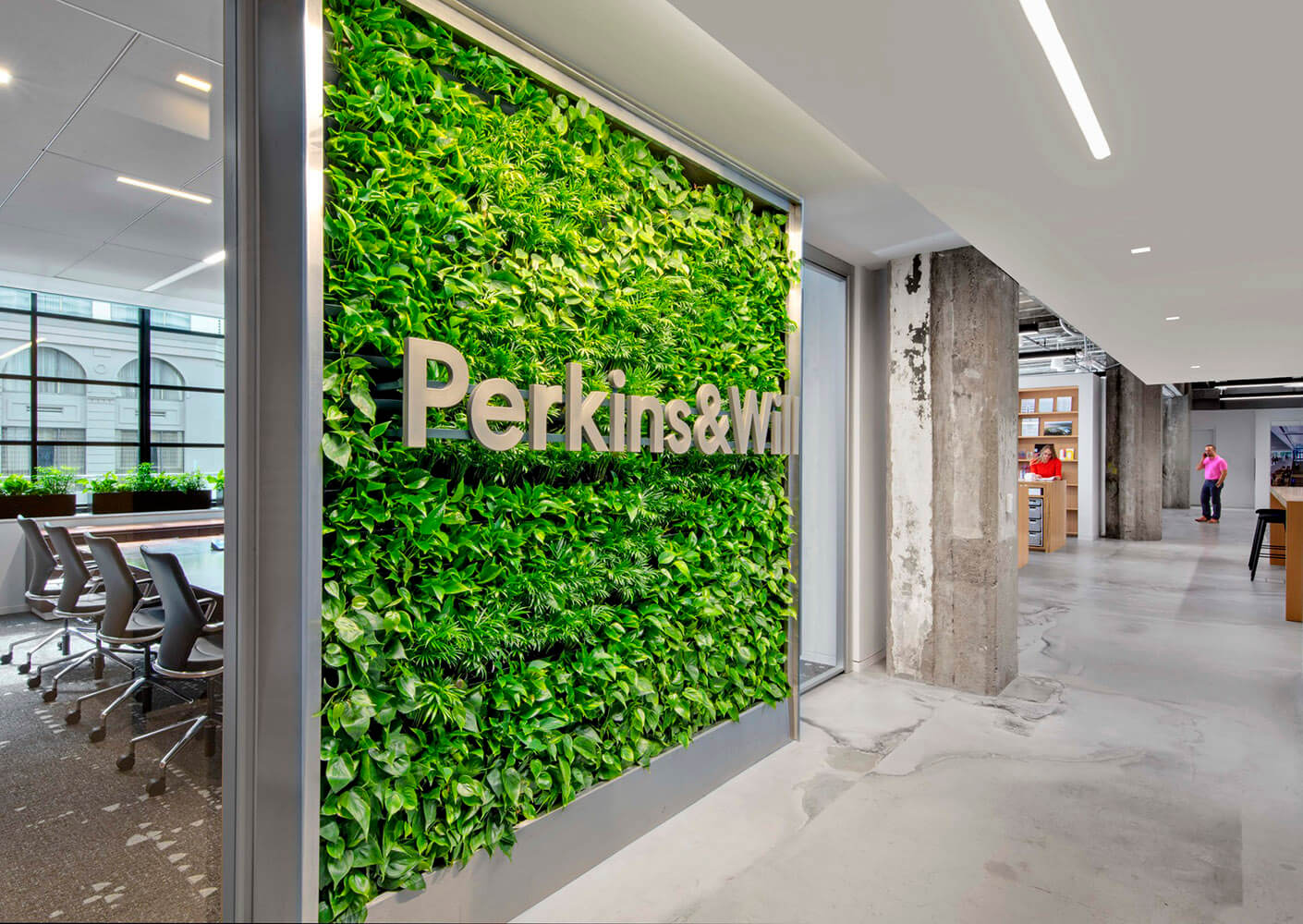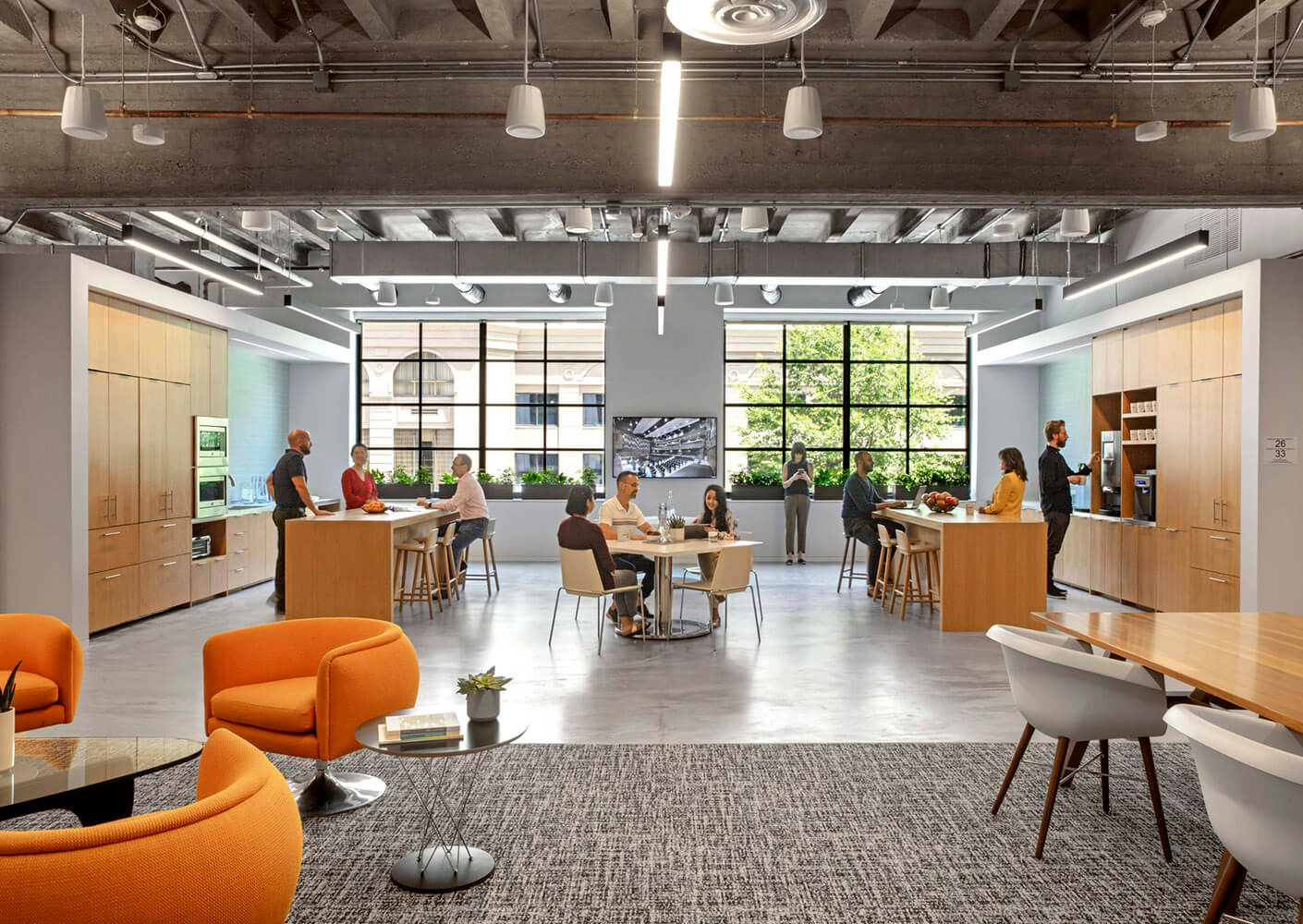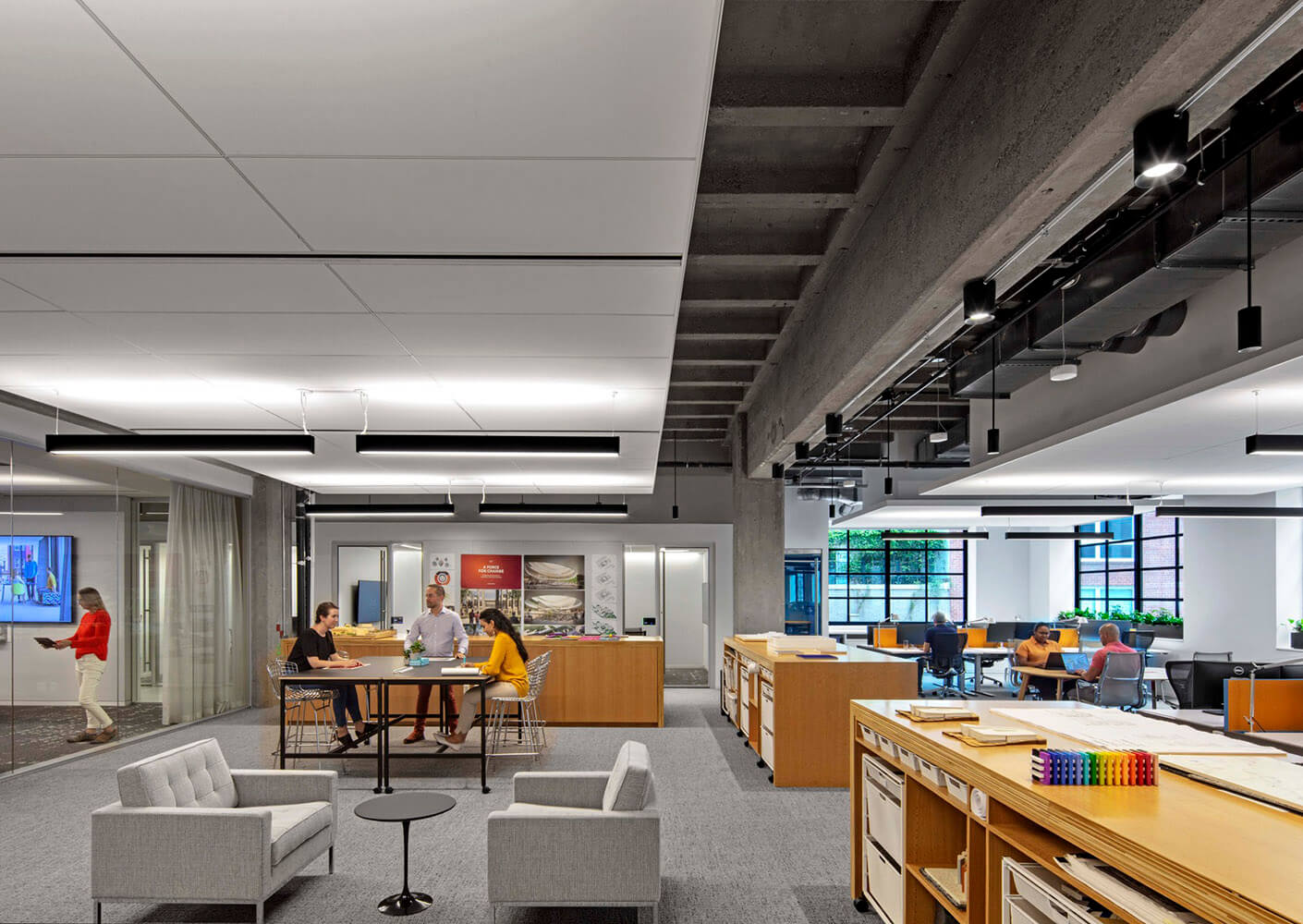Design that respects and restores our environment.
We know sustainability means different things to different people. Whether it’s energy efficiency that matters most to our clients, or healthy indoor air and nontoxic materials—we’ve got all of it covered. Sustainable design is built into our practice.
One of the things we’re most proud of is that, for decades, we’ve led the AEC industry toward exceptional environmental performance. And this leadership has caused a sea change in the way places and spaces are designed and constructed all around the world. Our goal? To keep lighting the way forward.
Jason F. McLennan, Chief Sustainability Author
Our first-ever ESG report, issued on Earth Day 2024, shines a light on our firm’s operational performance across key environmental, social, and governance metrics. From energy, water, and emissions to social equity and diversity in leadership, we’re voluntarily sharing our performance data in the spirit of transparency—so you can see for yourself our strengths, our successes, and our areas of improvement, and so we can continue to hold ourselves accountable and lead the industry.
We’re committed to mitigating the environmental impacts of our design processes and construction, and believe mass timber is critical to a resilient future. With over 30 years of experience designing and delivering mass timber projects all around the globe, we’re helping to transform the industry—and the world.
Our rapidly growing portfolio of timber environments is paving the way for a new generation of sustainable architecture and design. Engineered wood is the new frontier of healthy living, working, and learning. From Vancouver to Copenhagen, San Francisco to Washington, D.C., LA to Charlotte, we’re building transformational relationships focused on timber craft at scale.
We envision designing a world that creates healthier, thriving ecosystems for all. Our research-backed Living Design framework combines sustainability with other vital elements of a holistically high-performing environment. Ultimately, Living Design ensures optimal well-being and resilience for our clients and communities.
We developed research-backed, industry-leading thresholds for energy use intensity (EUI) and embodied carbon to significantly improve the operating and embodied carbon impact of our global portfolio. And our advanced specifications protocol ensures materials are vetted against stringent health and environmental requirements.
We’ve always led by example, and our own business operations are a good case study. Our Green Operations Plan helped us achieve carbon neutrality by 2007. And our firmwide Decarbonization Policy, introduced in 2022, requires us to transition our global operations off fossil fuels, conserve more energy, conduct embodied carbon assessments, integrate renewable energy technologies into the design of our new studios, and procure high-quality carbon offsets.
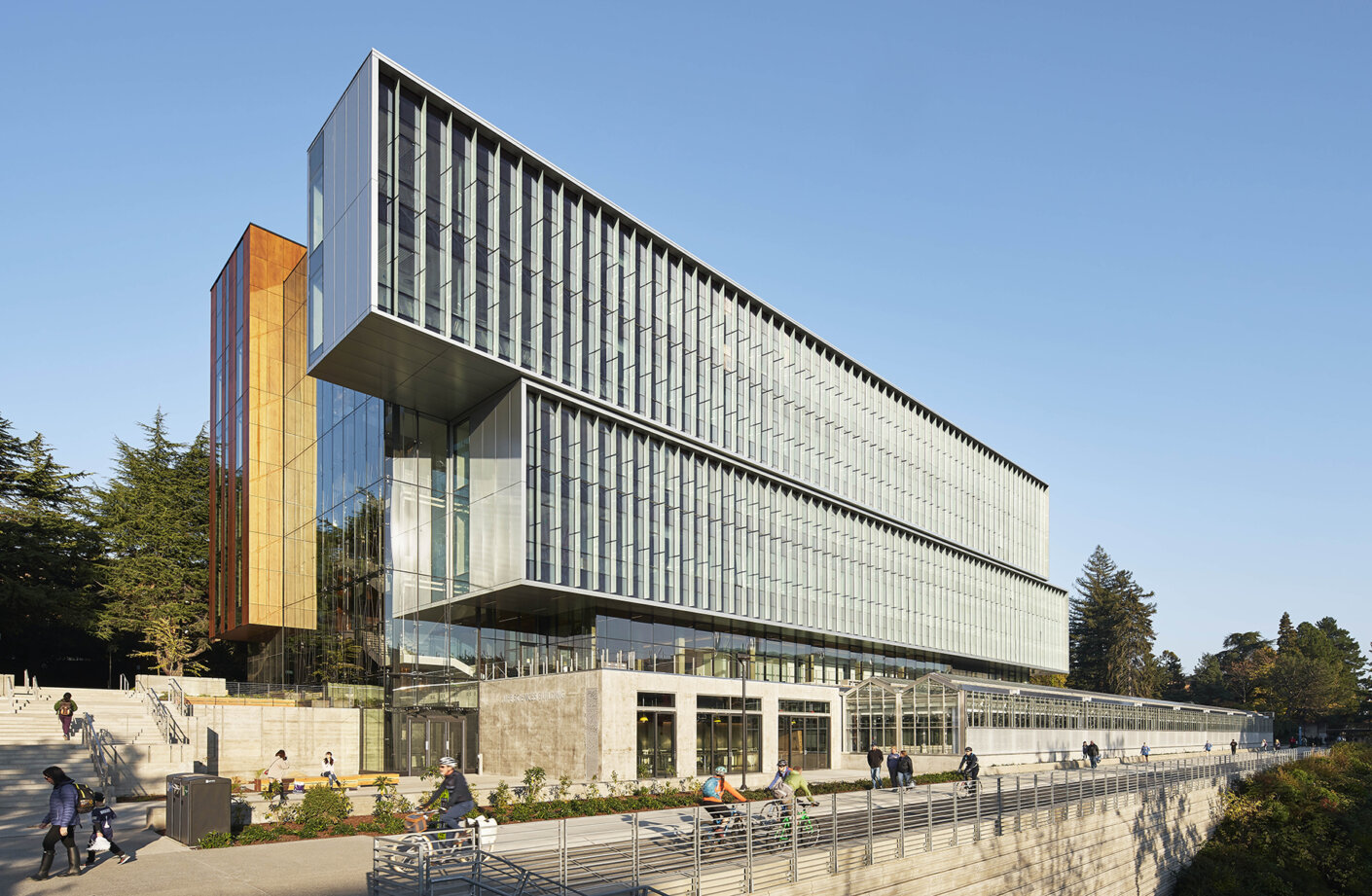

We understand that human and planetary health are inextricably linked, and that buildings can have a major impact on both. That’s why we ignited an industry movement in 2008 toward healthy building materials with our Precautionary List and, later, our Transparency portal. Today, the movement is still going strong.
Read our research on the embodied carbon and material health of gypsum drywall and flooring.
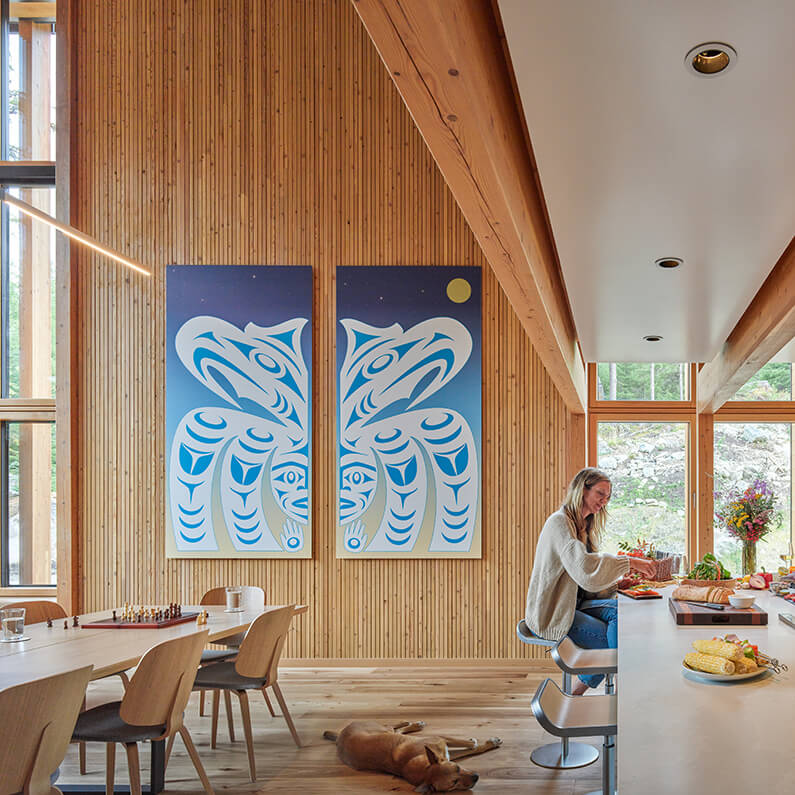
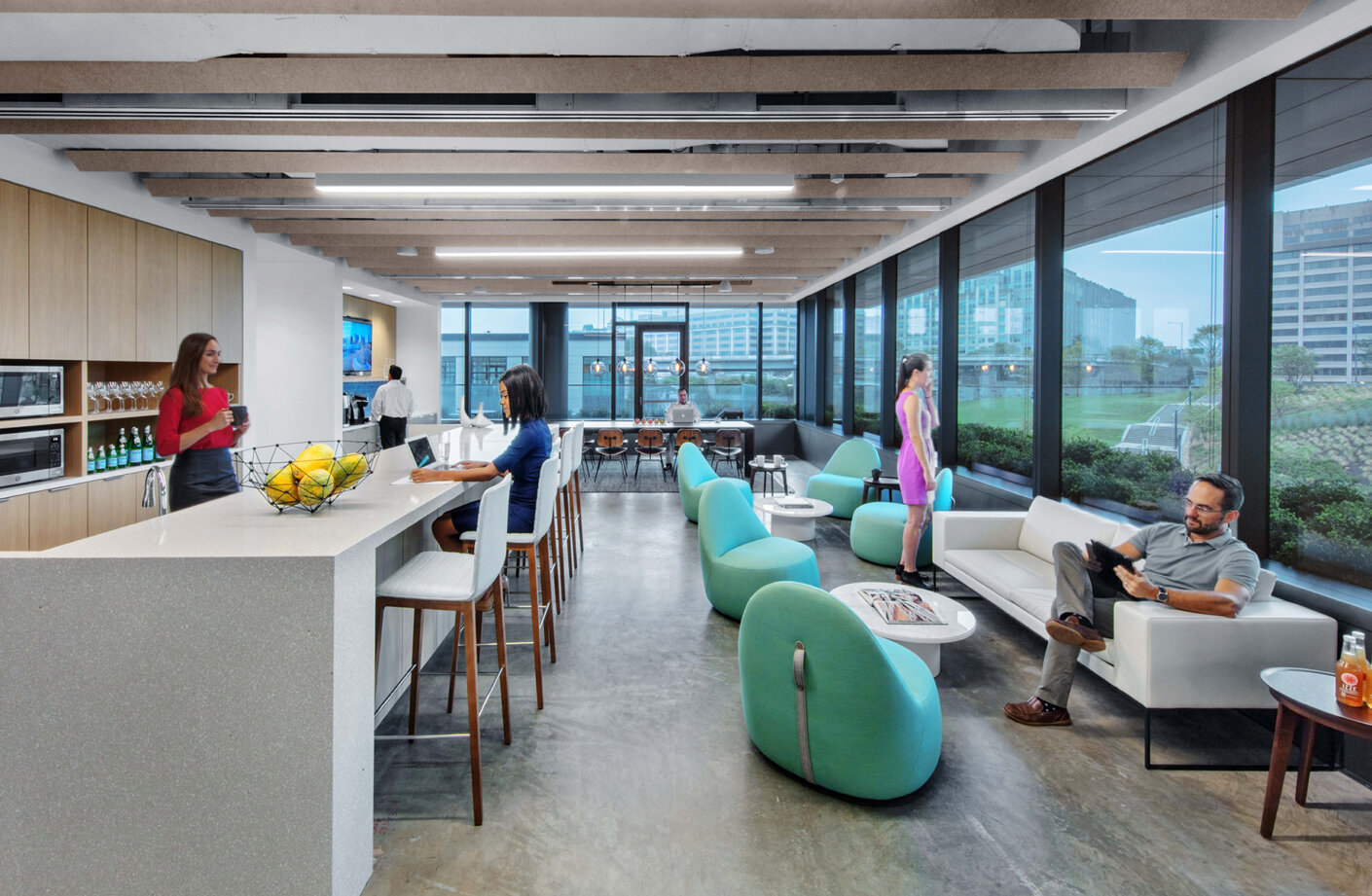
Almost two decades of leadership in advocating for the transformation of building products led to our industry-leading role within the mindful MATERIALS Collaborative. The mindful MATERIALS Library is a free digital platform that allows design teams and industry professionals to search for products that meet third-party, health-based certifications, declarations, and validations. Together with our partners in science, research, design, and manufacturing, we’re raising the bar on healthy environments everywhere.
Read our joint statement on antimicrobials in building products.
